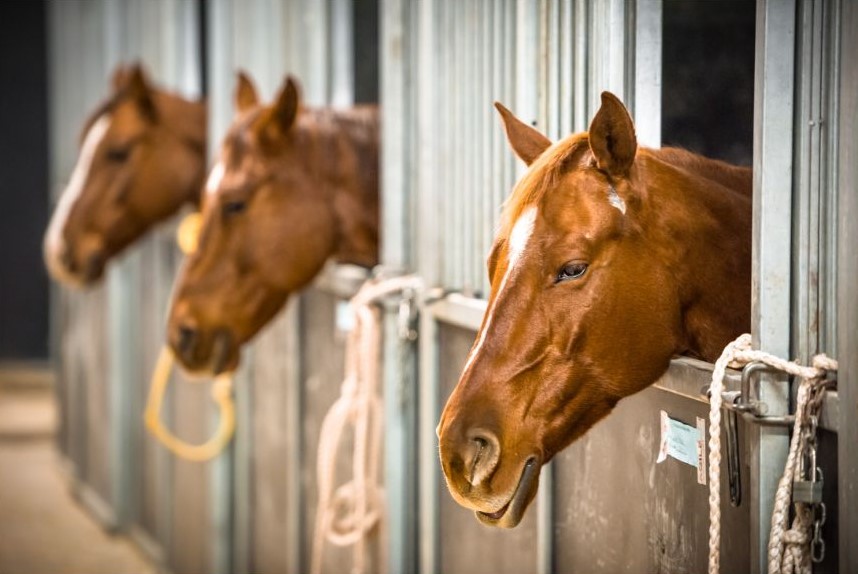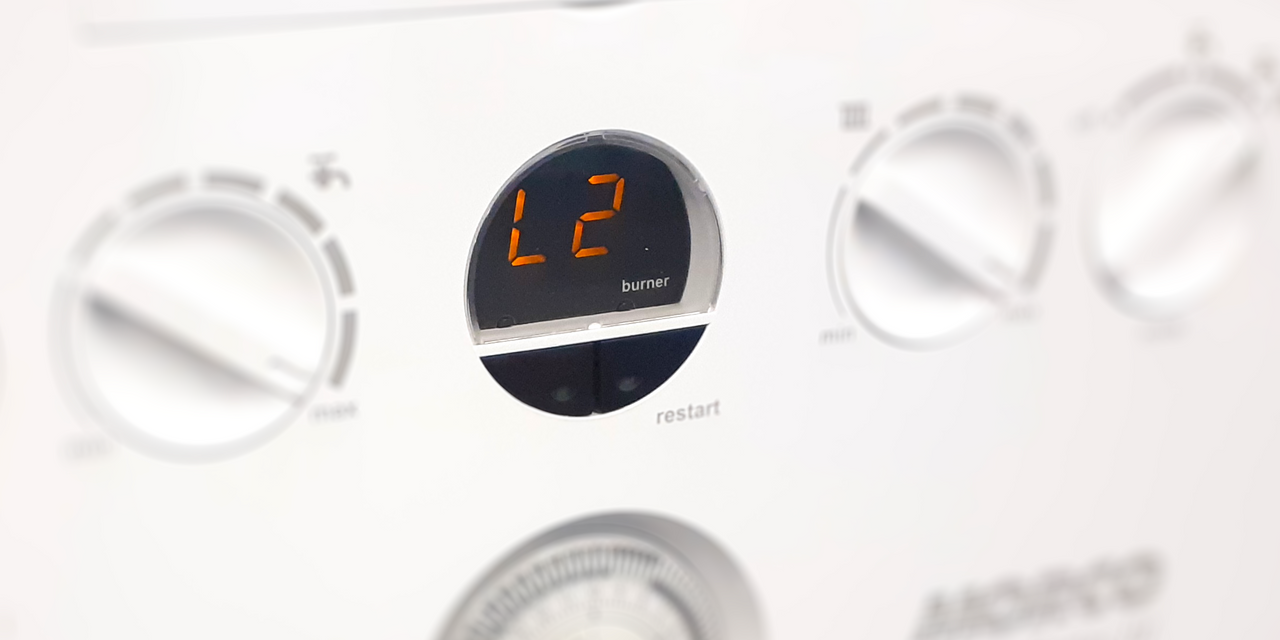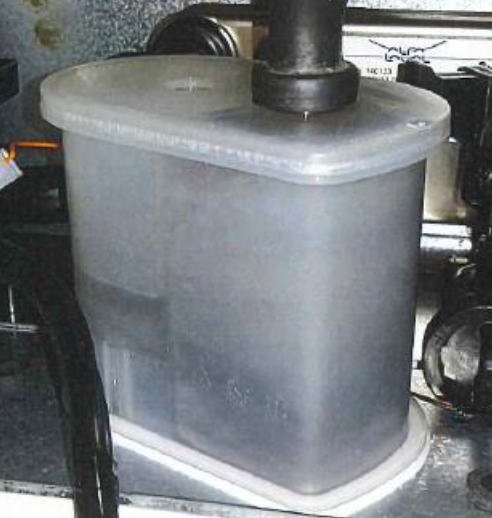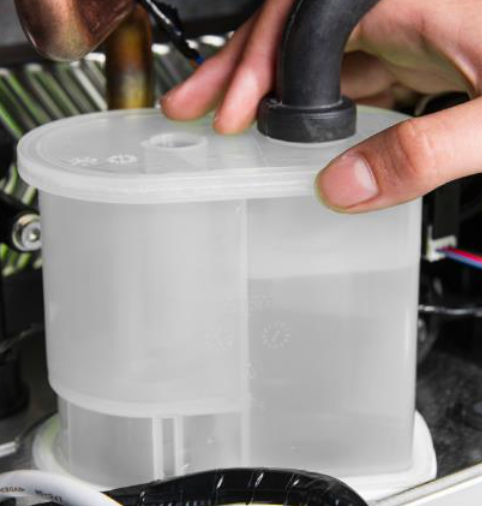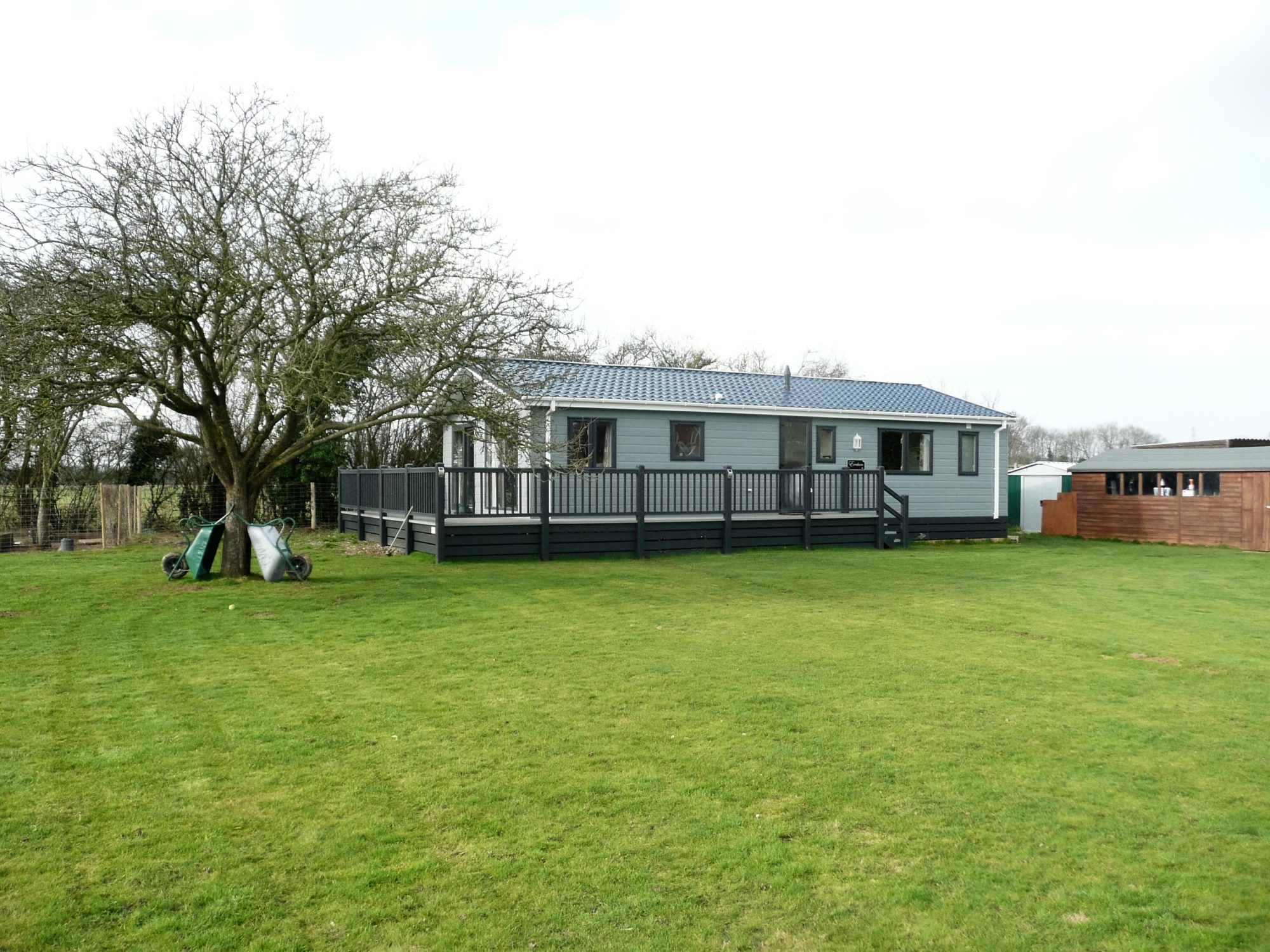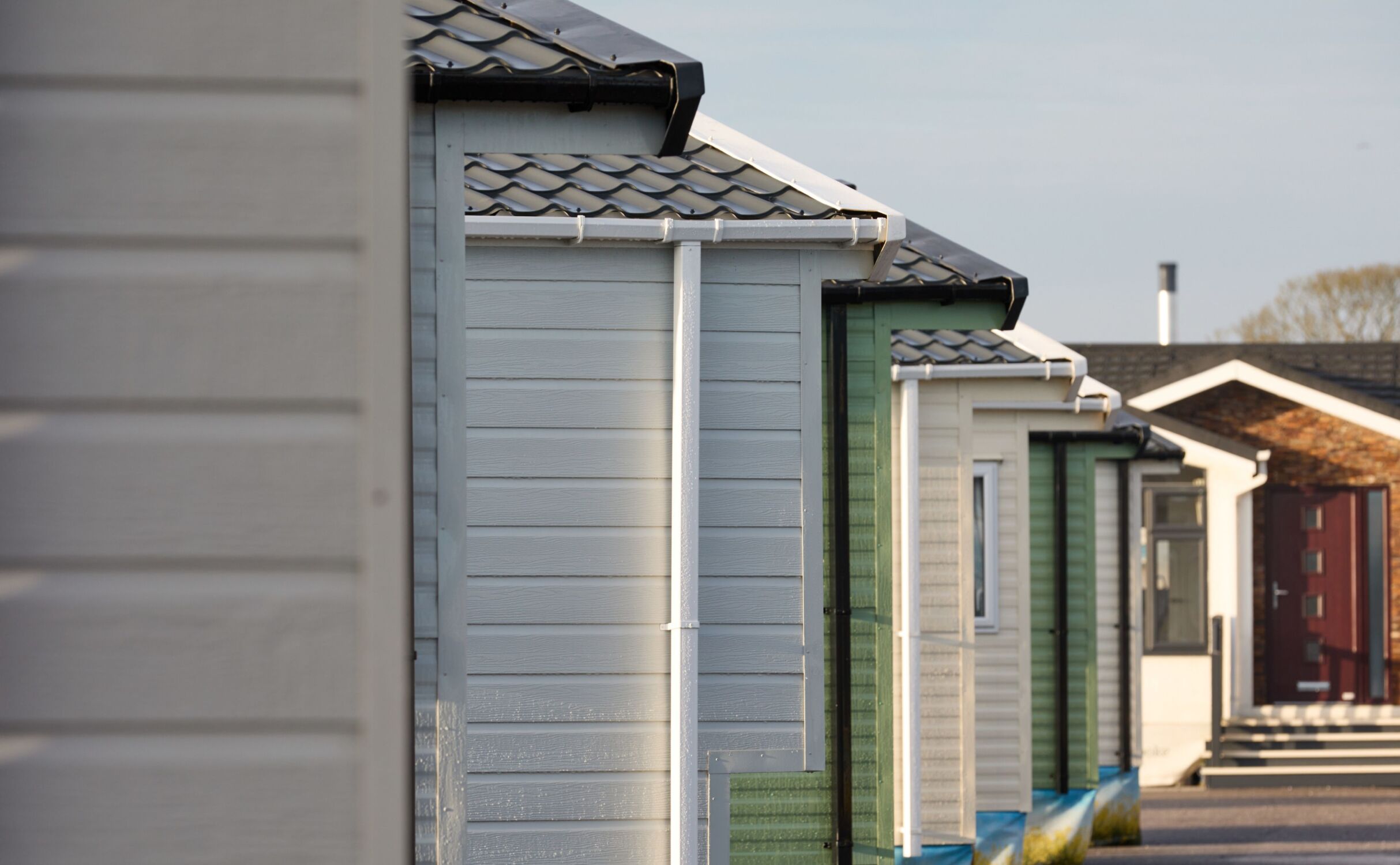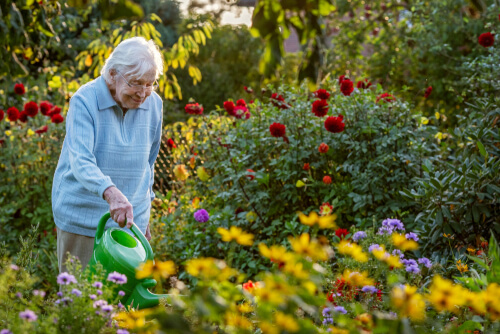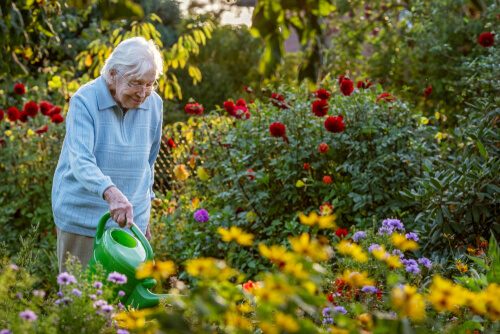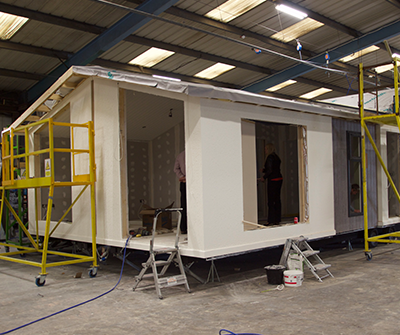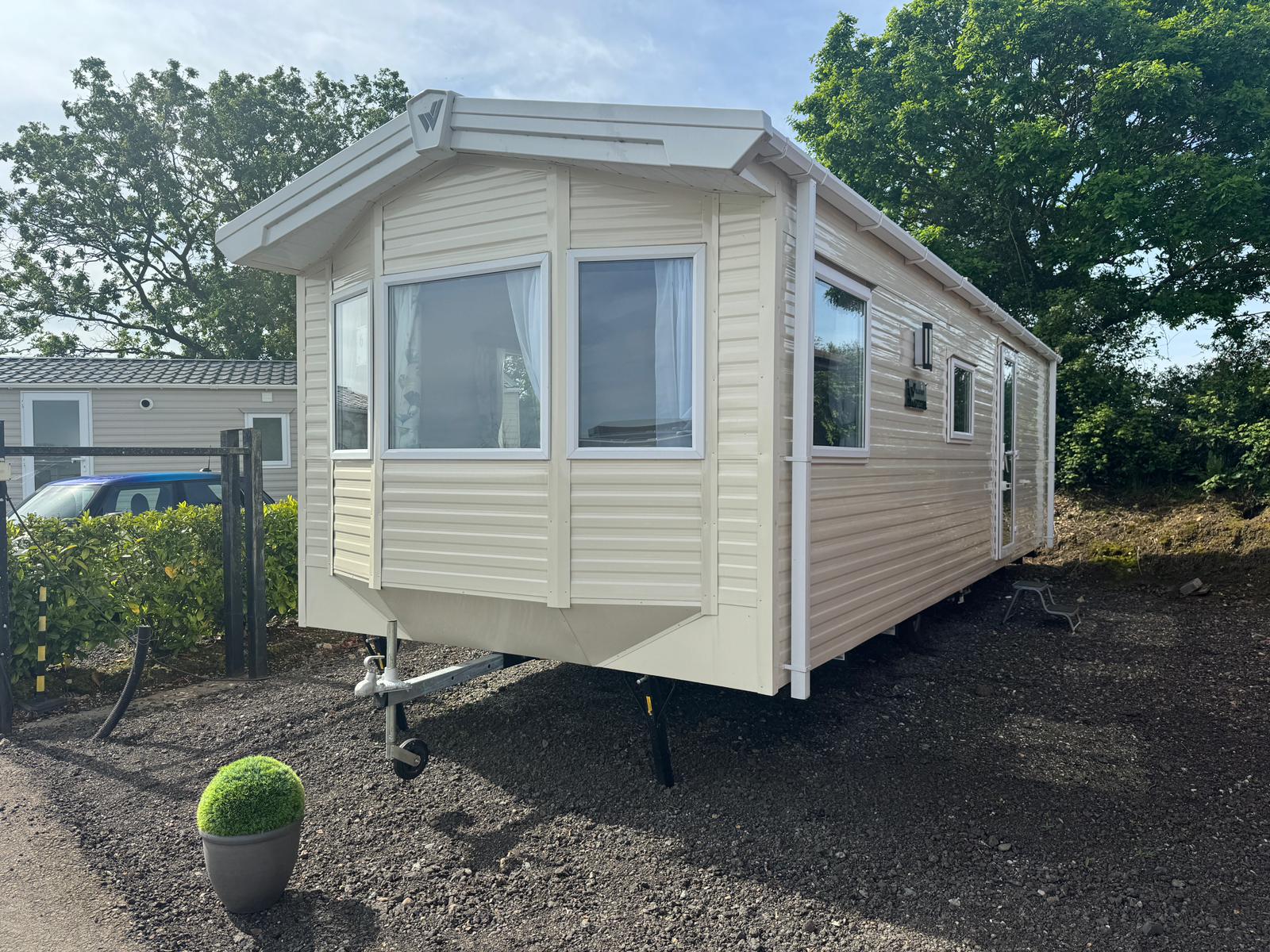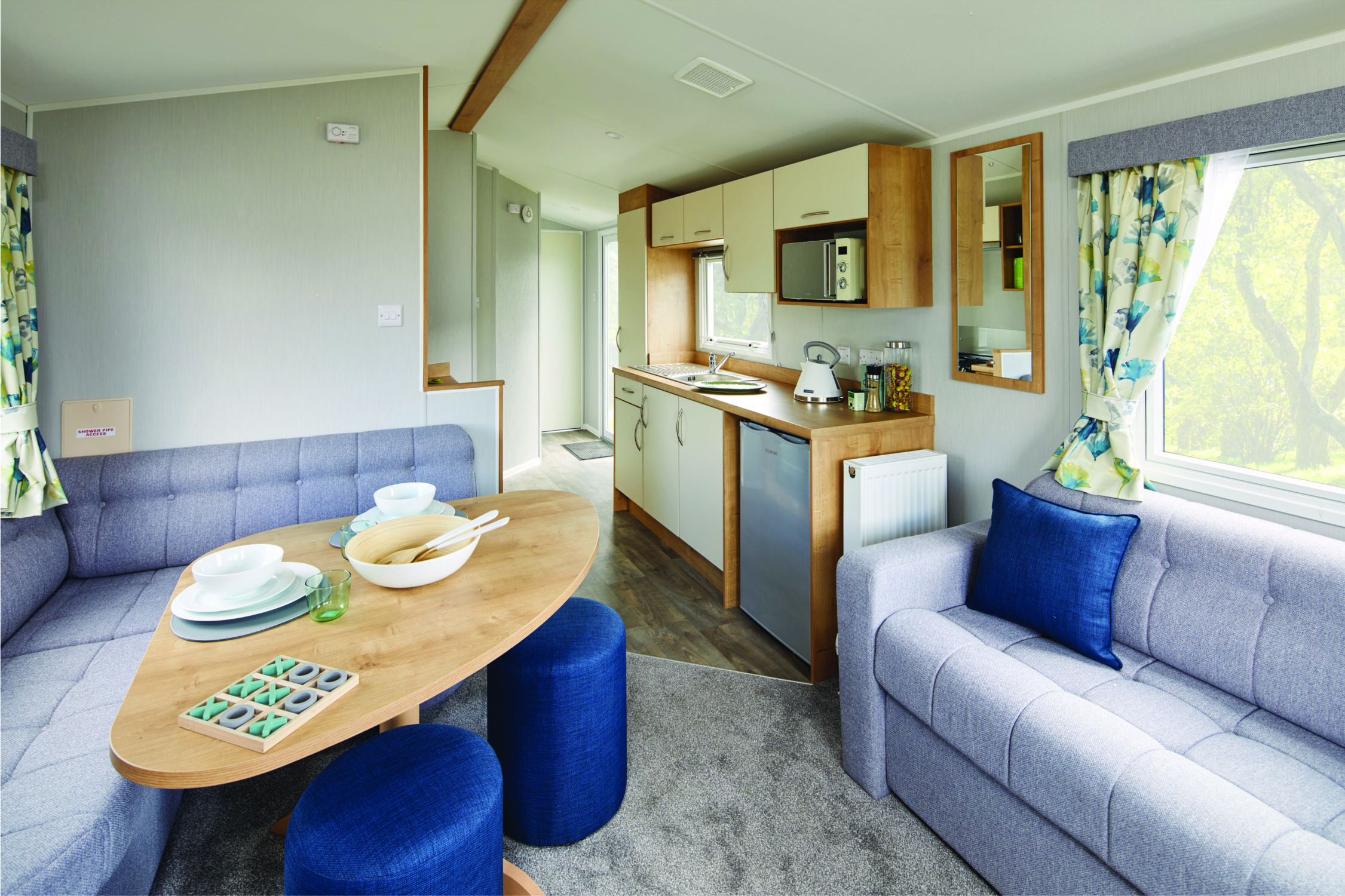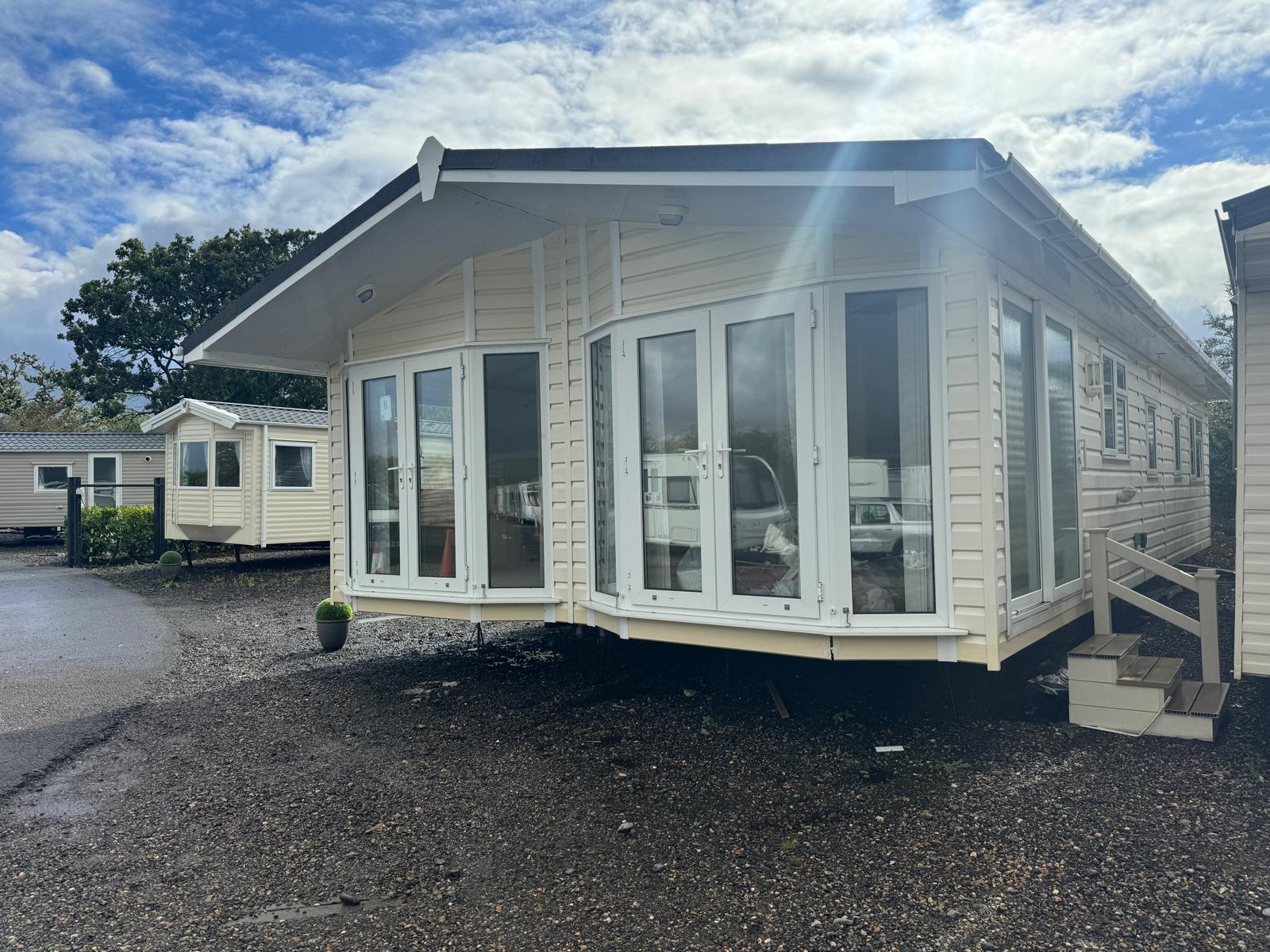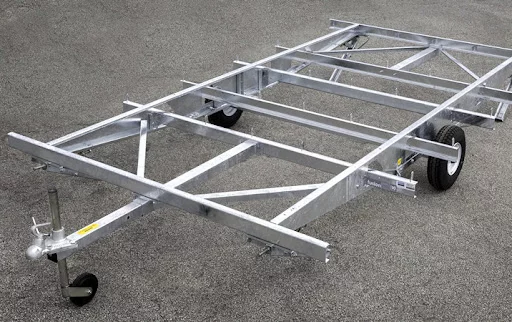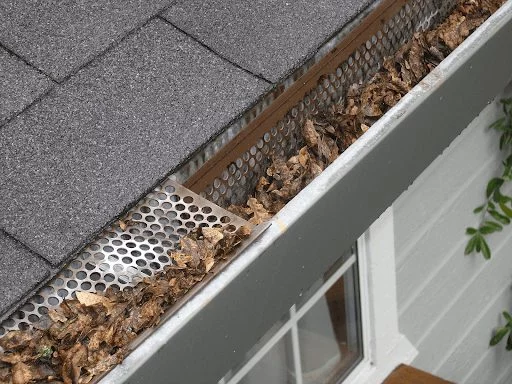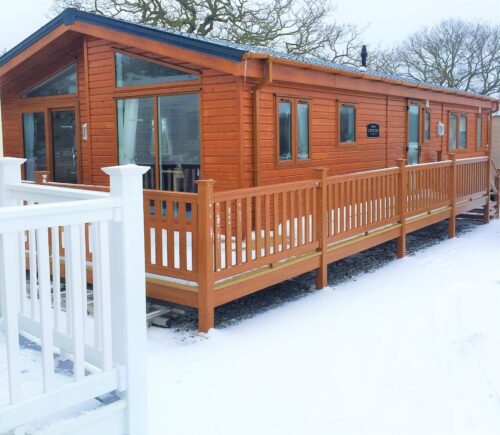Dog Friendly Holidays
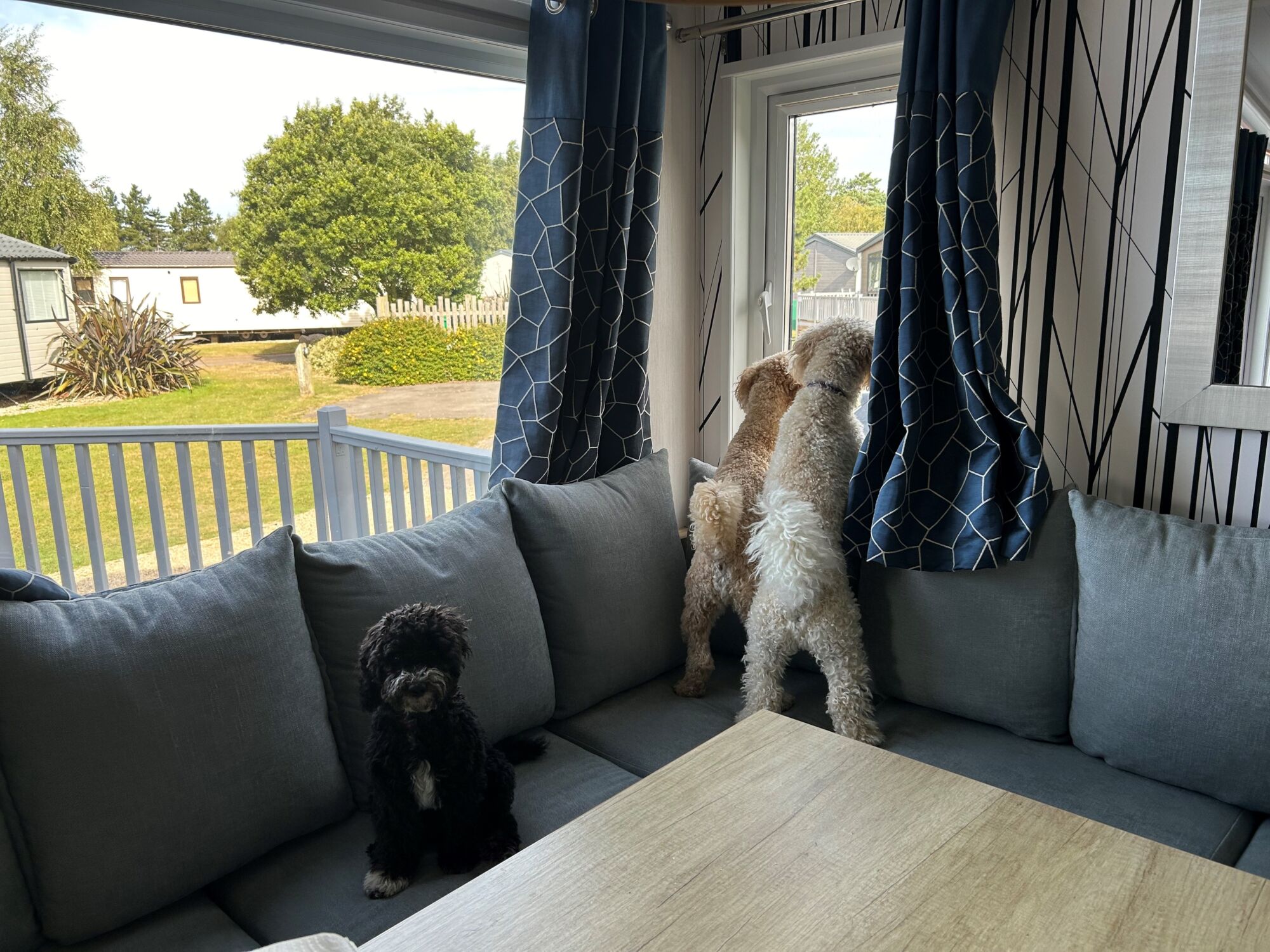
If you’re a dog owner, you’re probably used to planning breaks with your furry friend. They’re part of the family, right? And if you’re considering introducing a hound into your pack, you’re probably wondering how tricky it will be to go on holiday with them.
Well, we’re lucky there are lots of options for dog-friendly holidays here in the UK. There are whole companies dedicated to providing dog-friendly accommodation, and there are plenty of great areas to stay where your dog can have as much fun as you do.
But, have you ever thought about taking your pooch on a static caravan holiday? Modern holiday homes are set up brilliantly for dog accommodation, and there are loads of dog-friendly holiday parks where you can rent a static caravan, all over England, Scotland and Wales.
And, of course, if you really love it, and you find your perfect dog-friendly holiday park, you can always invest in your own holiday home.
Why choose a static caravan holiday with my dog?
Static caravans are a convenient, comfortable way to holiday with your hound.
Modern holiday homes tend to be spacious and open-plan, with plenty of space for you and your furbaby to spread out and relax. Some models are specifically designed with muddy paws (and boots) in mind, with big, open entrance halls and plenty of space for cosy dog beds and baskets.
And, equally as important, there are plenty of dog-friendly caravan parks to choose from, all over the country. You’ll often get super-handy dog-friendly amenities like dog wash stations, off-lead play areas and drink stations right there on site. Plus, lots of caravan parks are located close to great walking trails in the woods, or near big, sandy beaches.
Taking your dog with you on holiday means you’ll save money on putting them in a kennel or finding someone to dogsit. Going on a dog-friendly holiday in the UK can be a great, cheap way to get away with your dog. And let’s be honest – your dog deserves a holiday, too.
How do I find a great dog-friendly holiday park?
While there are plenty of dog-friendly holiday parks to choose from, not every park welcomes pets. And, the ones that are dog-friendly all have their own unique style, too. So, it’s worth taking the time to figure out which will be best for you and your dog.
If you want a ‘big park’ experience, with lots of on-site amenities like entertainment, restaurants and bars, then lots of the big resort parks welcome dogs, and are well set up for them. You can easily find out which specific sites are dog-friendly, and see exactly what they provide on their websites.
If you prefer a more low-key break, there are plenty of smaller, independent parks that are dog-friendly. Because these parks tend to have their own websites, it can be a little trickier to figure out which one will be best for you.
Probably your best bet is to decide on the area you want to visit, then check out some of the local holiday parks online.
Often, you’ll find the best parks for dogs will shout about it on their websites and social media, and list their dog-friendly amenities. This isn’t always the case though, so it’s worth doing your research.
What do I need to know about taking my dog on a caravan holiday?
If you’ve ever taken your dog away, you’ll know that it can be a stressful experience – for you and for them. But, there are things you can do to help things go more smoothly. We can’t promise a stress-free time. Every dog is different, after all. But these tips should help.
Before you go on holiday
The more preparation you can do at home, the less you’ll have to worry about when you’re travelling, or after you’ve arrived.
Planning
Before you set off, double-check the pet policies of the holiday park you’re going to. They might be dog-friendly but that doesn’t mean they won’t have rules, and if you know what they are in advance it won’t come as a shock when you get there.
Check all of your dog’s vaccinations and microchip details are up to date, too. This might be a requirement. But, even if it’s not, it’s just good practice.
And remember to plan some fun activities you and your dog can enjoy together. Check out local attractions and places you might want to visit, and research their dog policies too. That way you’re not arriving then wondering what to do next.
Packing
It sounds obvious, but making sure you have everything you need can save a lot of stress when you arrive. It’s worth packing well in advance so you’re not rushing, and having a checklist of essentials that you absolutely positively cannot forget.
Top of that list should be your dog’s favourite toys and blankets. They’ll probably find a new environment scary and overwhelming, but having familiar things in paw’s reach can help take the edge off. It’s worth taking at least one or two favourite toys or blankets in the car, too. Your dog might be used to short journeys, but staying in the car longer could be stressful.
If your dog sleeps in a crate or bed, take that with you too, if you can. Snuggling up in a comfy, familiar place means they’re much more likely to get a good night’s sleep – and so are you.
Take plenty of their favourite food and treats, too. There might be shops on your holiday park or nearby, but there’s no guarantee they’ll stock the right food. Even if your dog’s not usually a fussy eater, the added stress of being away could make them one. Pop their bowls in, too – anything familiar will help.
On the journey
Nobody likes being stuck in the car for ages. And that goes double for dogs, especially when they’re cramped up with all your holiday stuff in the back. So, make sure you plan lots of stops. More than you would if it was just you travelling. Give your dog the opportunity to get out and stretch their legs (and do their business) every hour or so, if you can. Plan out stops in advance if you can too. Some service stations are great for dogs, others not so much.
Keep treats and drinks close to hand in the car. You’ll need them whenever you stop, but if you’re unlucky enough to get stuck in a traffic jam it can be useful to have them in arm’s reach, to help keep your dog happy while you’re not moving. Drinks are doubly important if it’s hot, too. Cars can be like greenhouses in the sun.
Settling in
When you arrive at your holiday park, the first thing you need to do is get checked in. As soon as you’ve done that, take some time to get your dog – and yourself – settled into your holiday home.
You could start by having a walk around the caravan together, and letting your dog have a good sniff of everything. If you’re in a pet-friendly caravan there might be lingering scents from previous visitors that your dog will need to check out. Having a good explore will help them be confident there’s not another hound lurking somewhere.
When you’ve done that, scatter some of your dog’s favourite things – like toys and blankets – around the caravan where you want them to go. Having familiar scented things will help to settle your dog, and they’ll gravitate to the areas with their favourite things.
Once you’re both settled in your holiday home, have a walk around the site. Let your dog explore a little, and take the time to check out any dog-specific areas and say hello to any other pooches you meet.
And, make sure you spend plenty of time with your dog in the caravan you’re staying in, especially over the first day or so. It’ll help them to get used to it, and to associate the space with you and safety. Then, when you have a day out and return, it’ll feel like coming home.
On the park
Different parks have different rules about dogs, so it’s important to check out what they are before booking. But, there are a few things to bear in mind whatever the park rules are.
It sounds obvious, but it’s important to be considerate of other people – and dogs – while you’re there. Just because it’s a dog-friendly holiday park doesn’t mean everyone there will love dogs as much as you do.
So, keep your dog on the lead all the time, unless you’re in a specific exercise area. And even then, your dog should always be under control. It’s a good idea to steer clear of places like play areas or bars when they’re likely to be busy. Apart from anything else, being surrounded by lots of people could be stressful for your dog.
If you can, stick to your dog’s usual routine. Obviously, you’re on holiday, so things are going to be a bit different to usual, but it’s worth trying to keep to normal meal and sleep times. Though it is worth bearing in mind that if you’re enjoying lots of long walks and doggy playtime they might be more tired than usual.
Conclusion
If you want to have a lovely time away with your dog, a holiday in a static caravan is a great way to do it. You get a space just for you and your pet, and lots of space and activities for both of you to enjoy.
It’s also a great way to meet like-minded people (and dogs). You might even make some new friends for life. Of course, if you want to keep to yourself and have a quiet break, you can do that too. Part of the beauty of a caravan holiday is that it can be exactly what you want it to be.
You can explore the whole of the UK, too. There are dog-friendly holiday parks all over England, Scotland and Wales, often in the most beautiful places.
And, of course, if you really love it there’s always the option to buy your very own static caravan, so you can get away as much as you like. The UK Caravan Centre has a fantastic range of homes and lodges for you to choose from.
Similar Articles
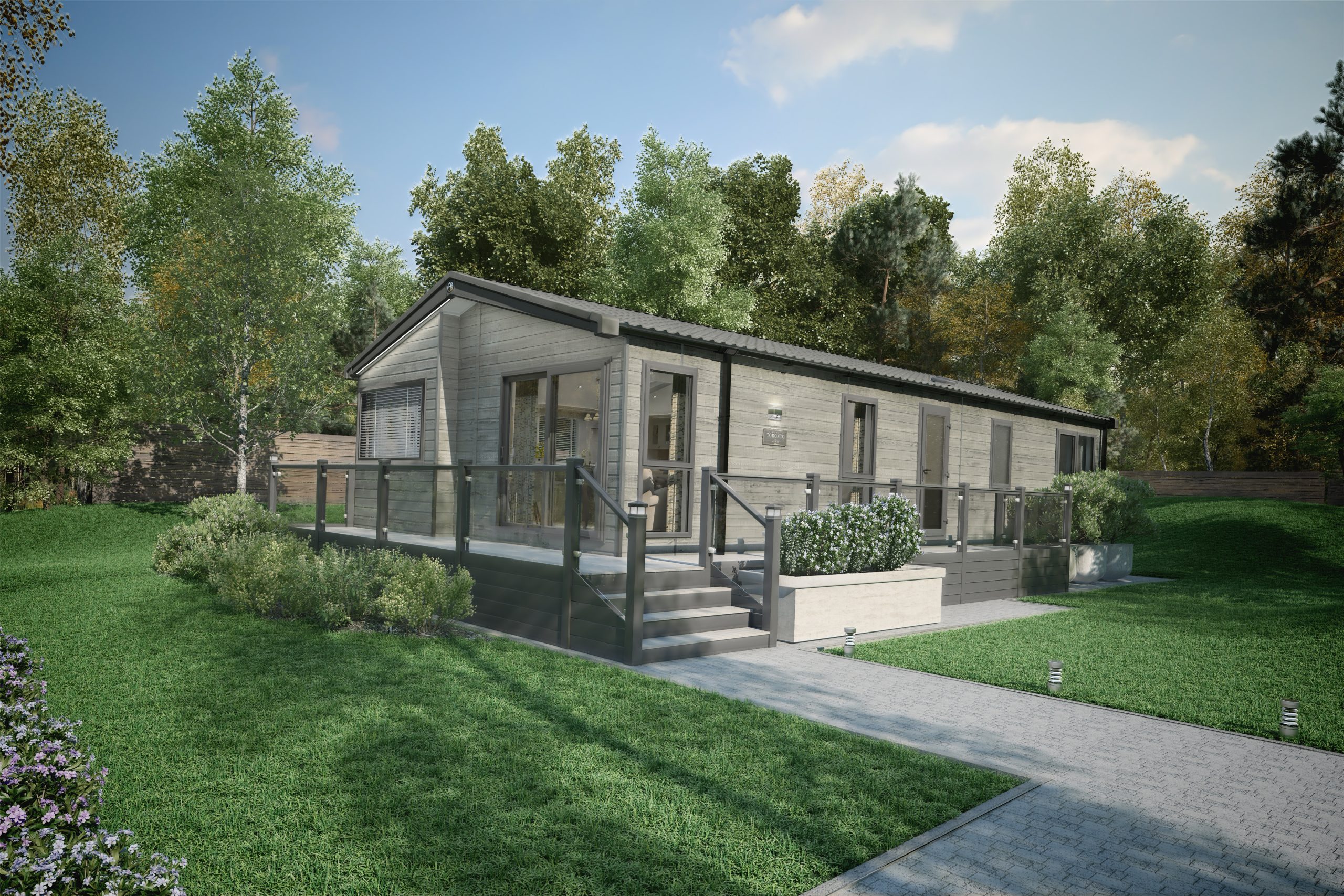
Exciting News: We Now Supply Swift Holiday Homes & Lodges!
Exciting News from The UK Caravan Centre! We’re delighted to...
Read More
Save Tens of Thousands with a Static Caravan or Lodge as Annexe Accommodation
Across the UK, families are facing growing pressure from the...
Read More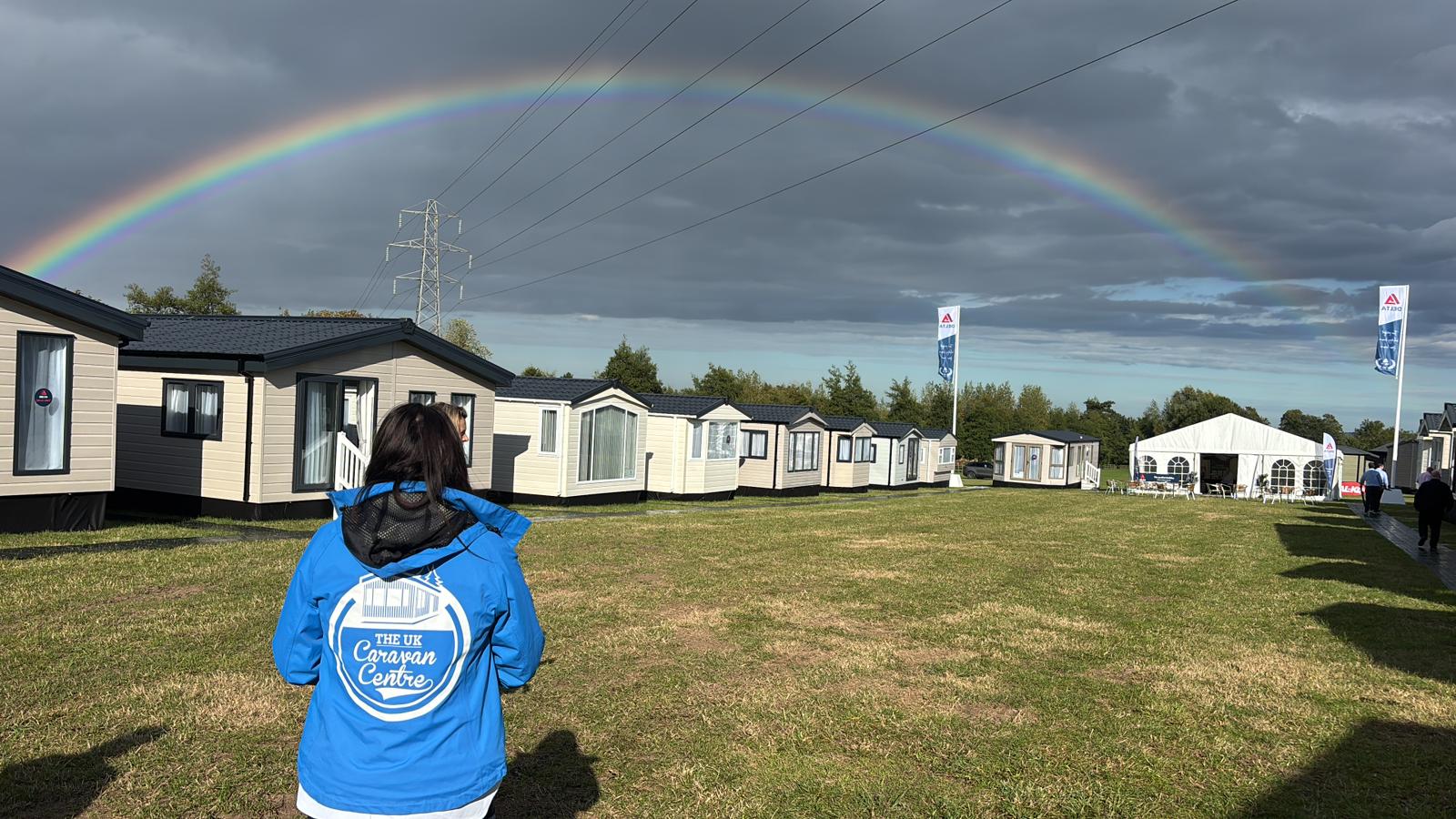
2026 Trade Show Highlights – Recap & Product Overview
The 2026 trade show season saw a change from the...
Read More

